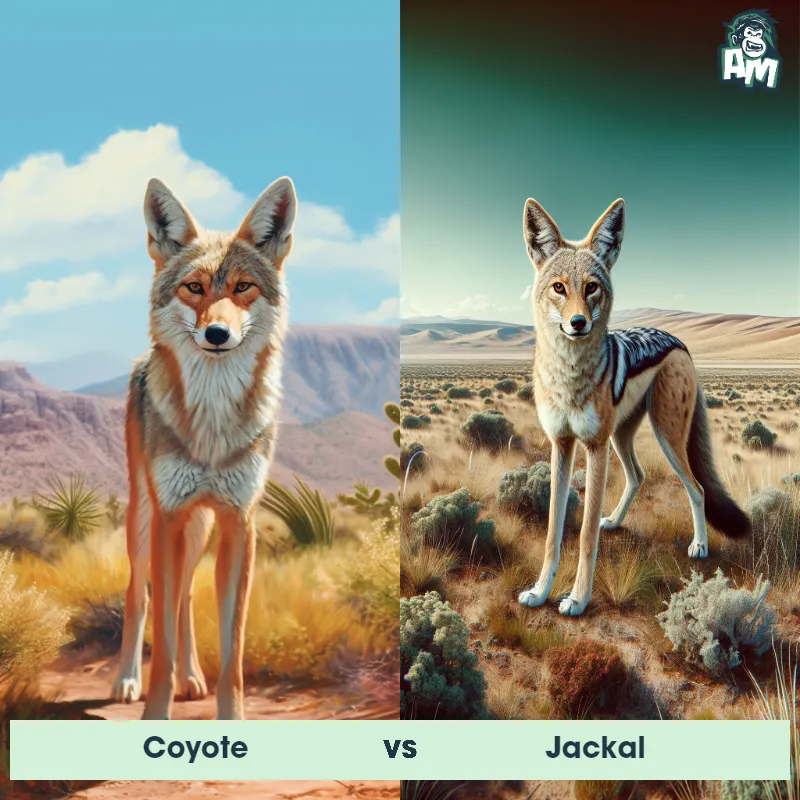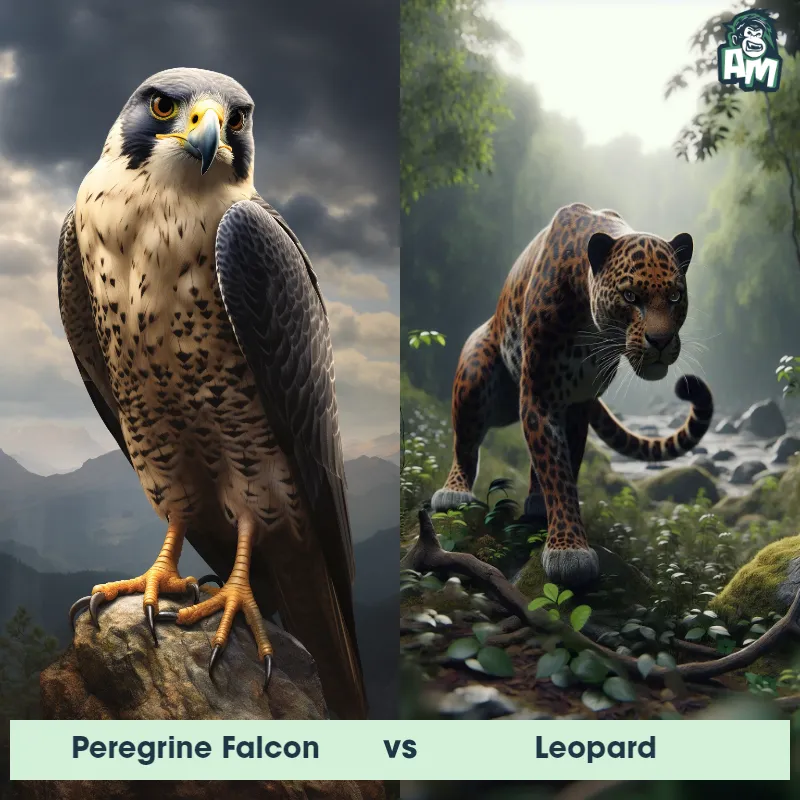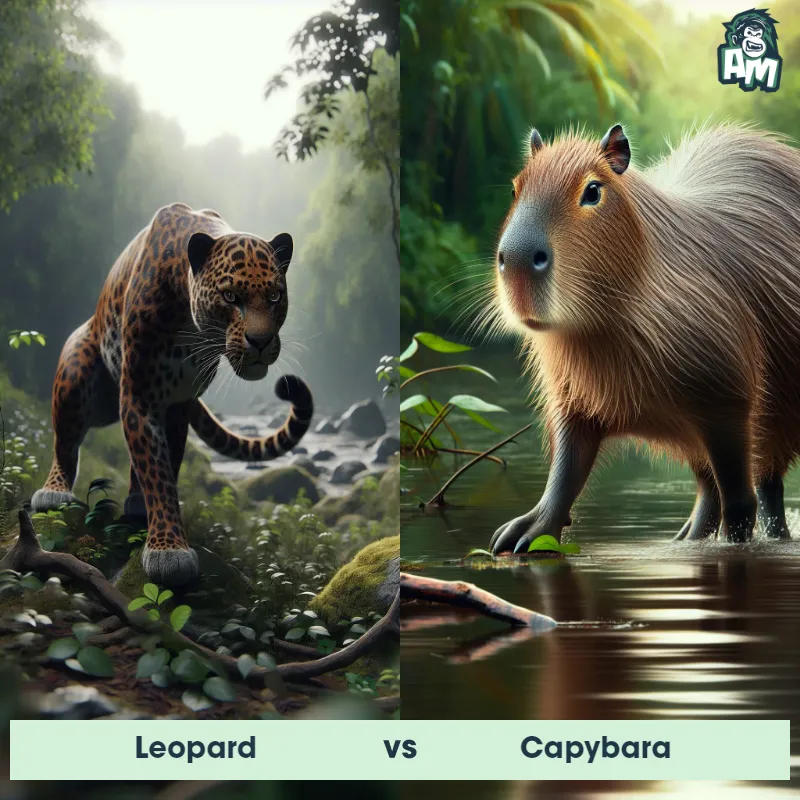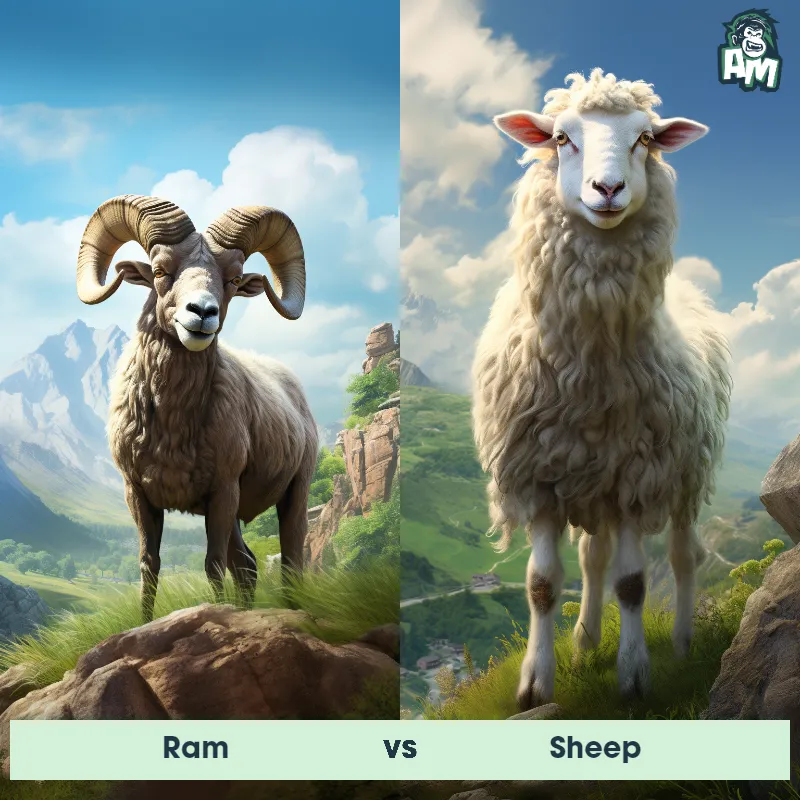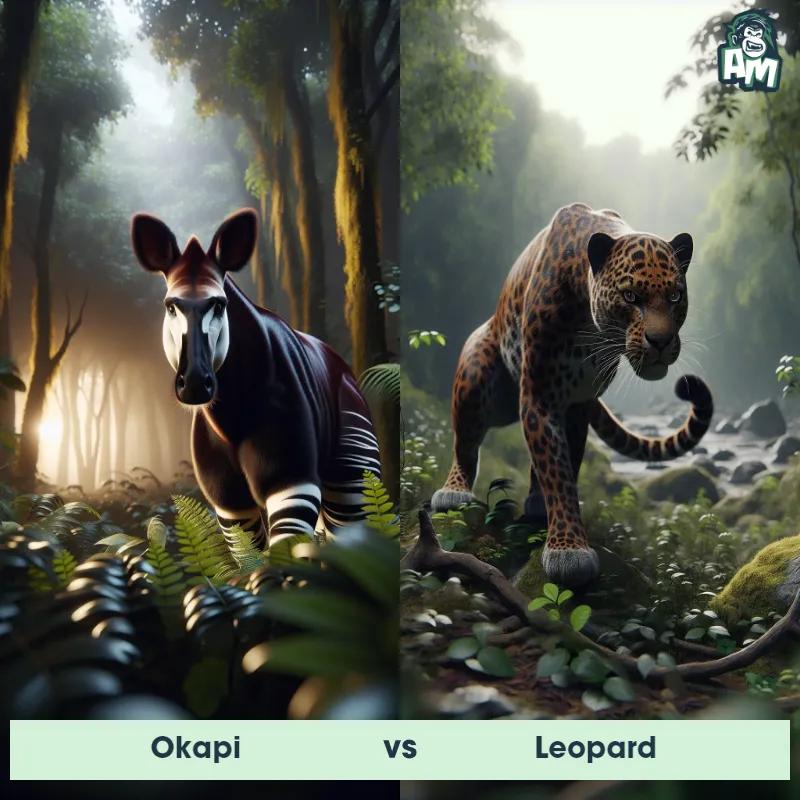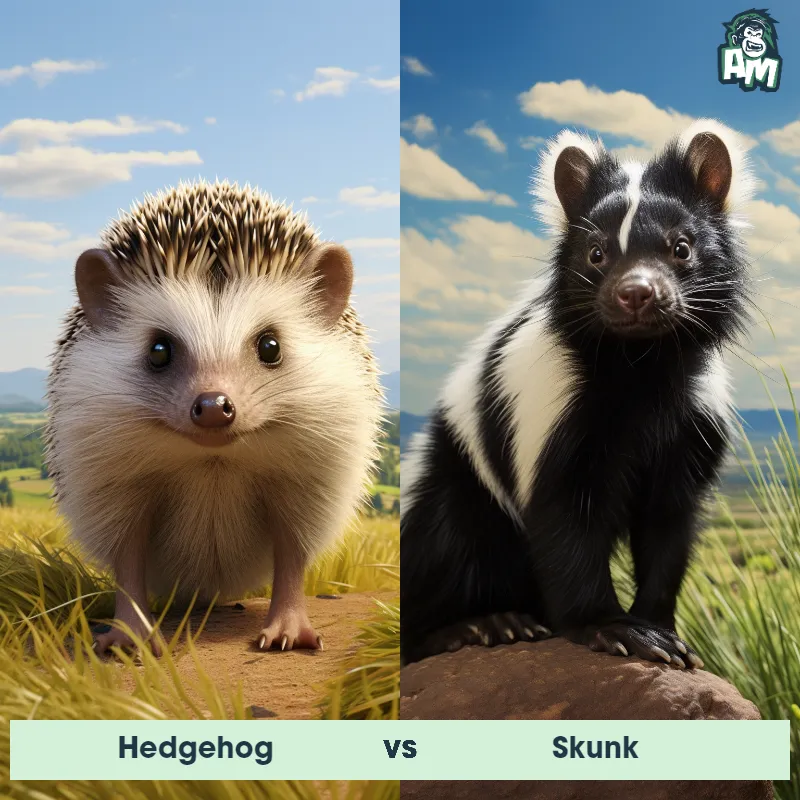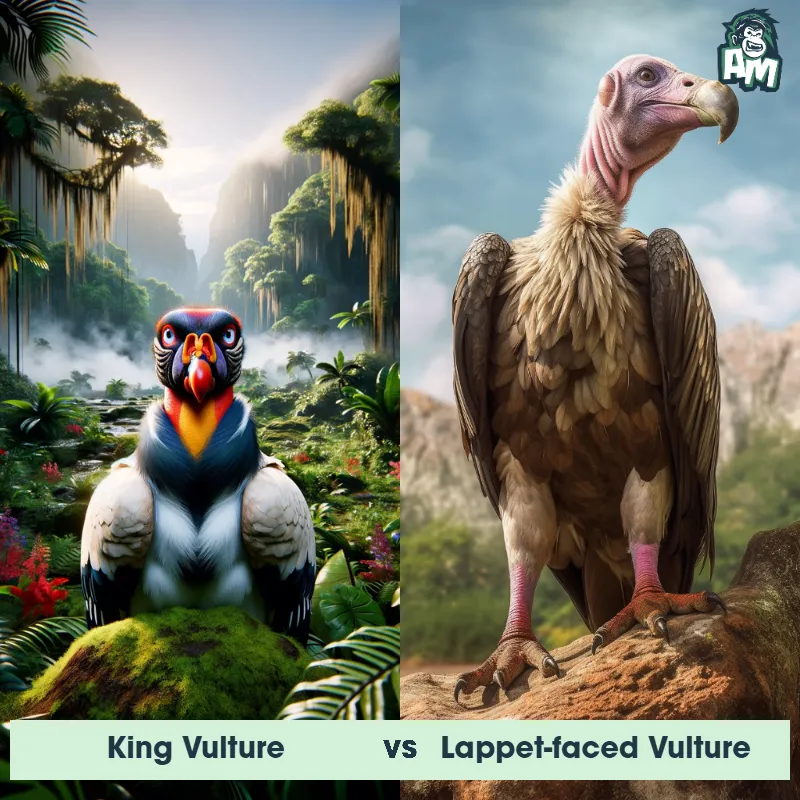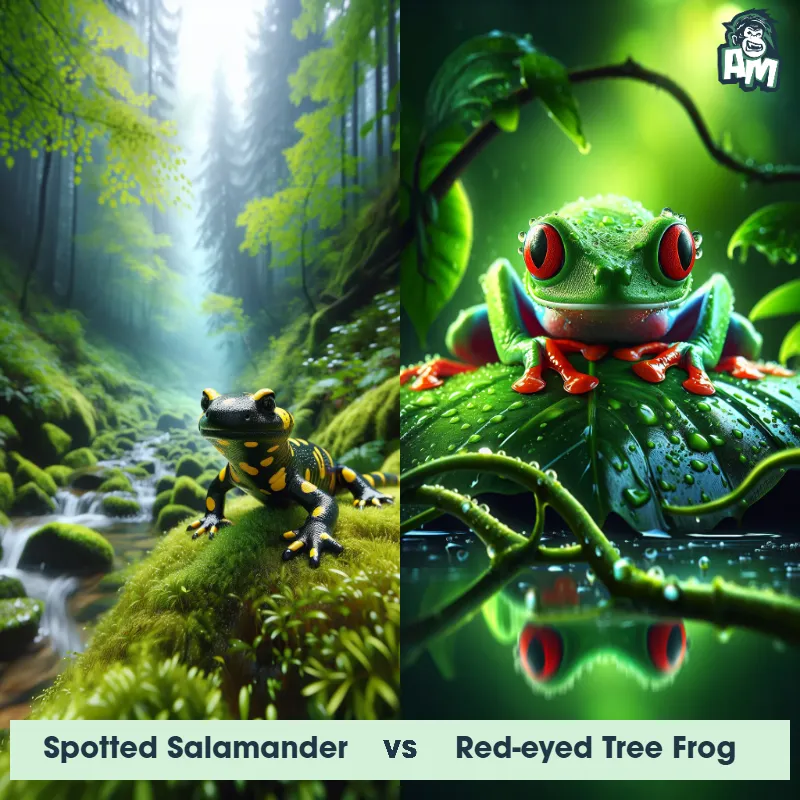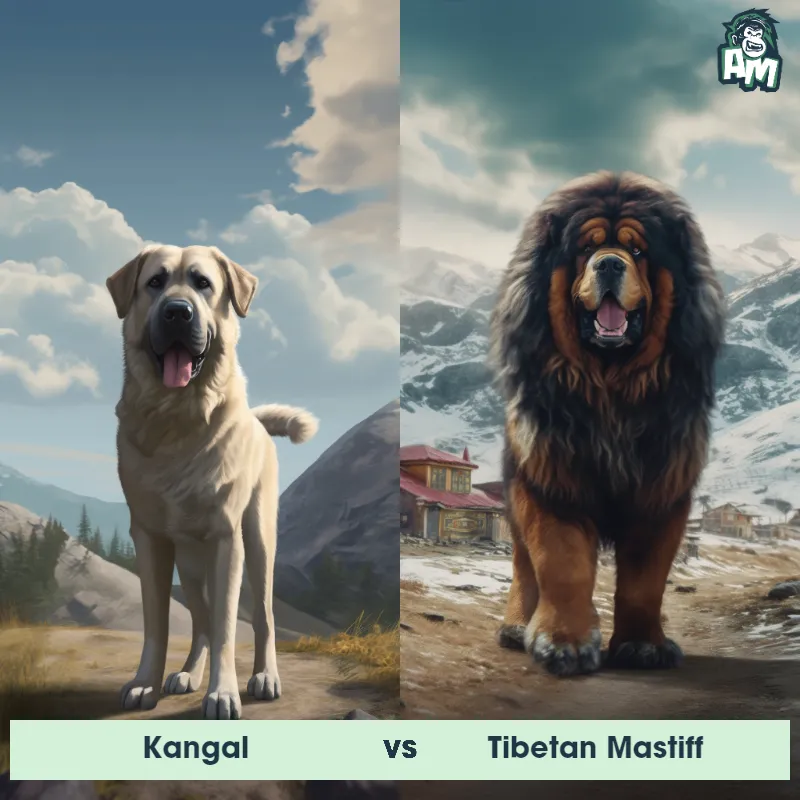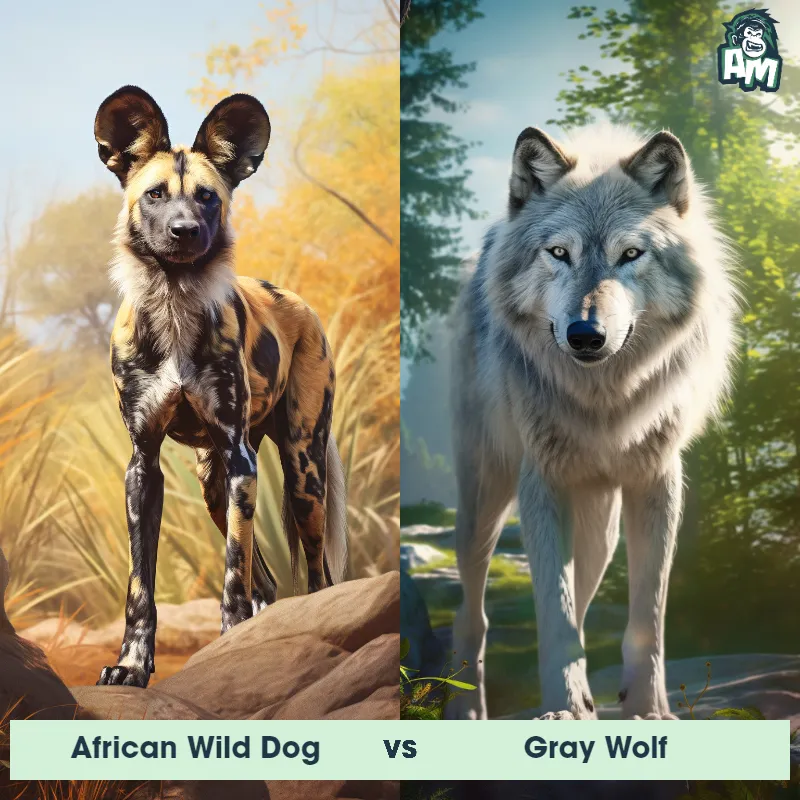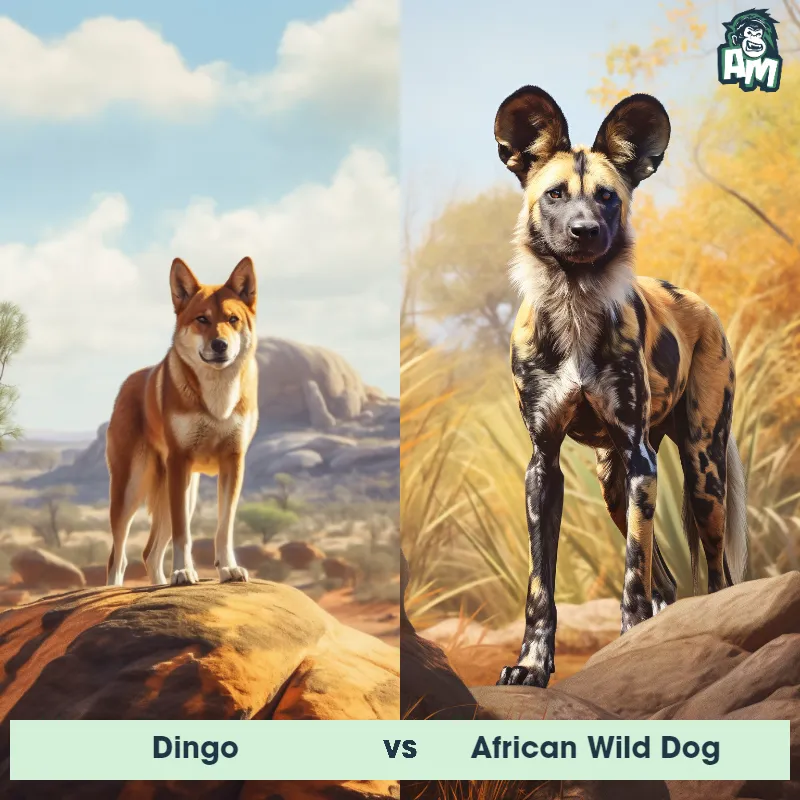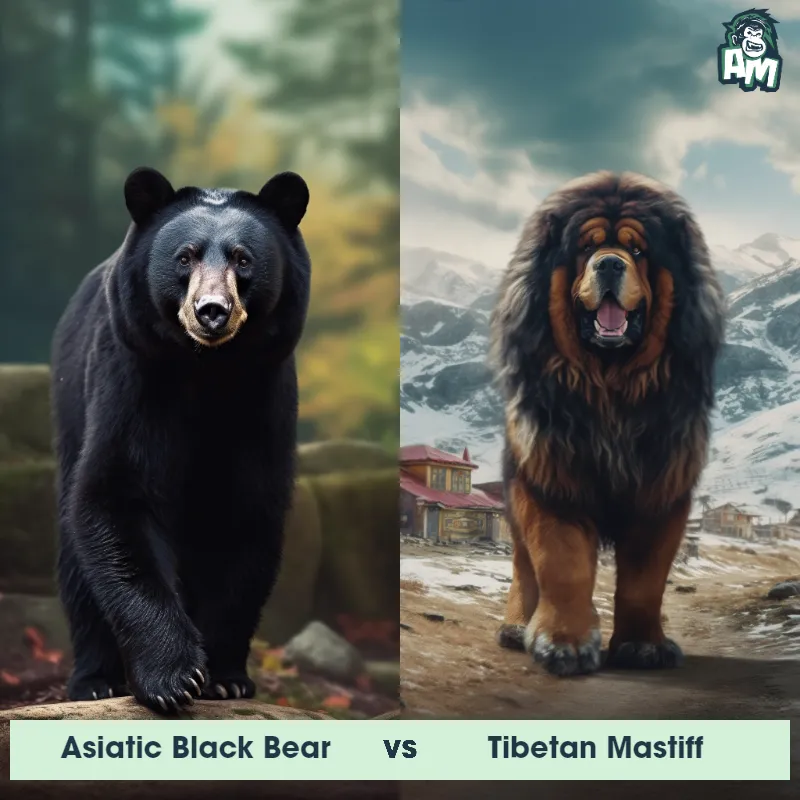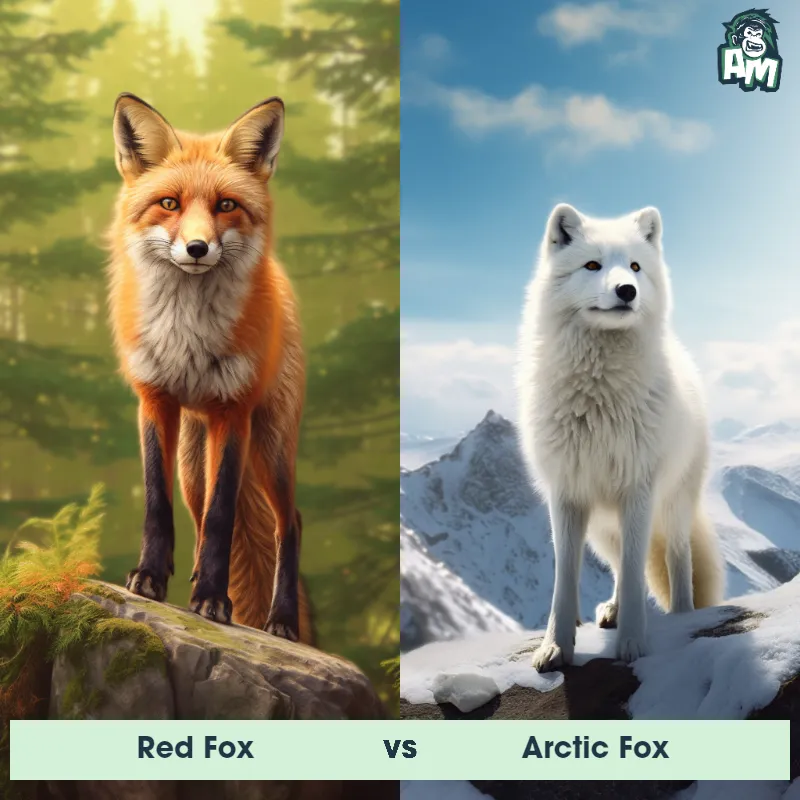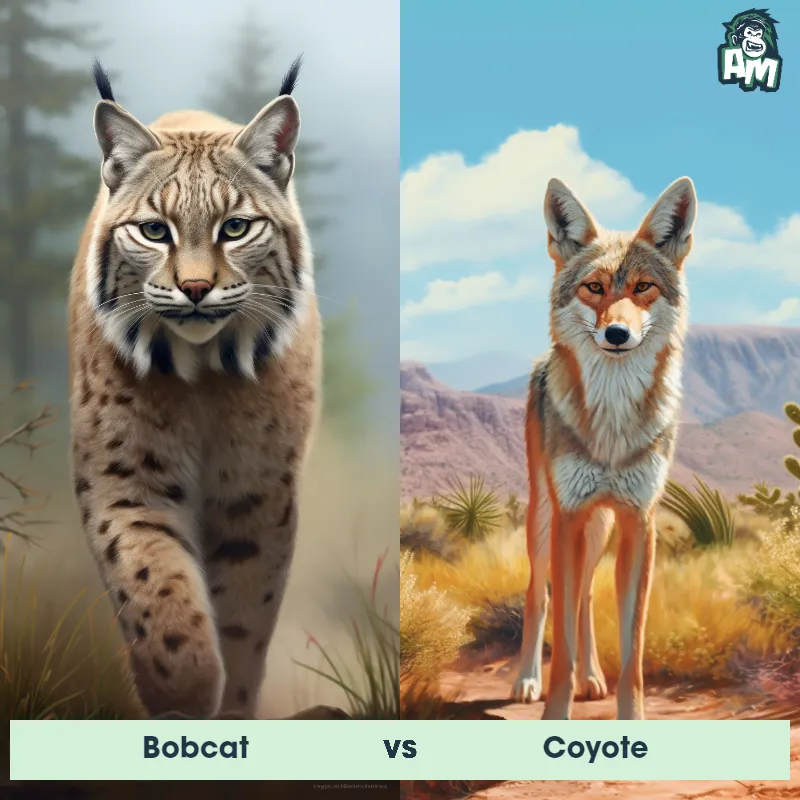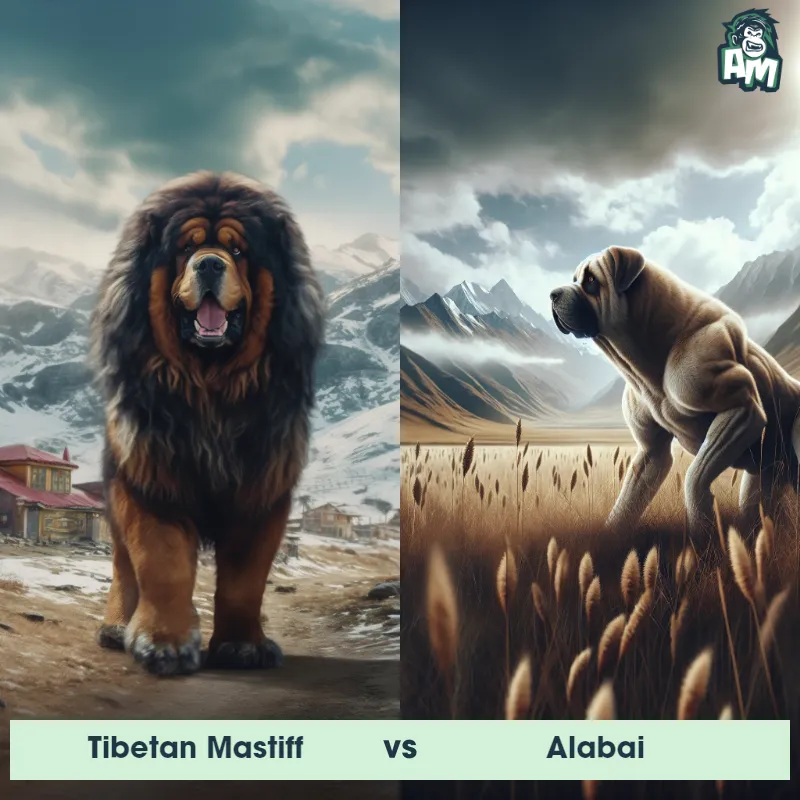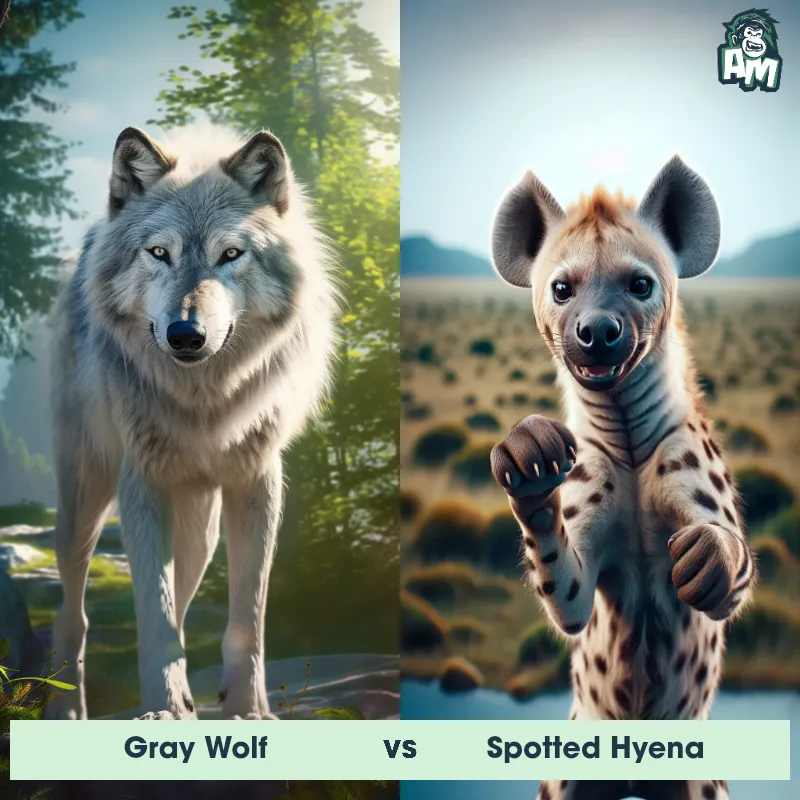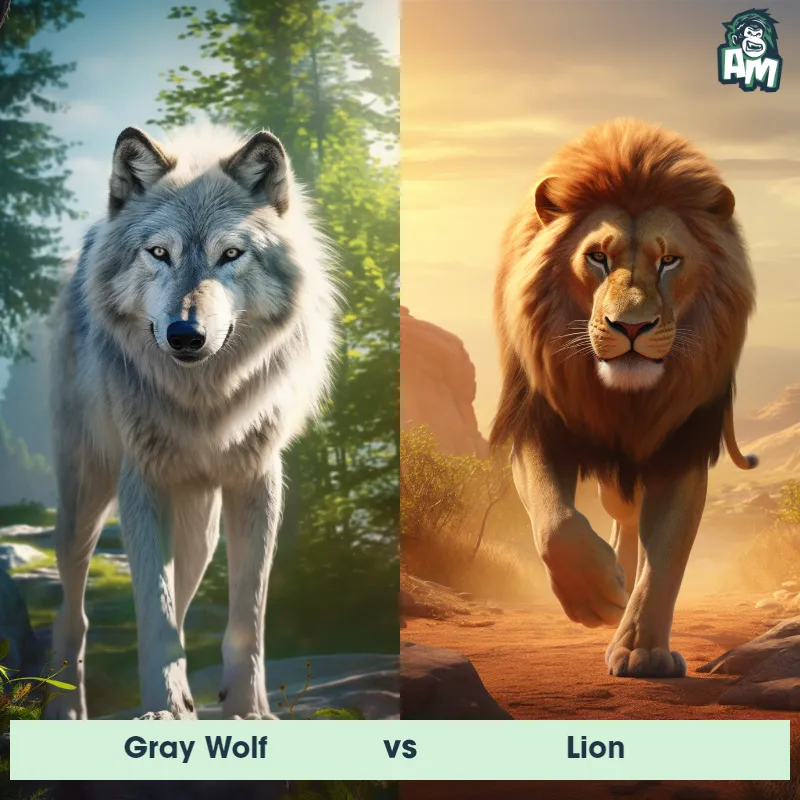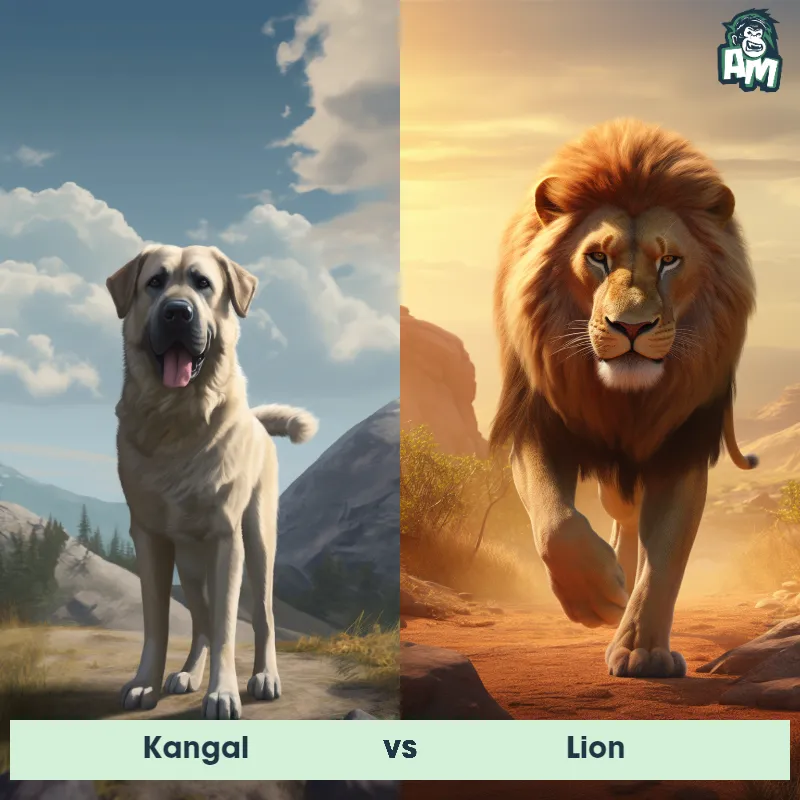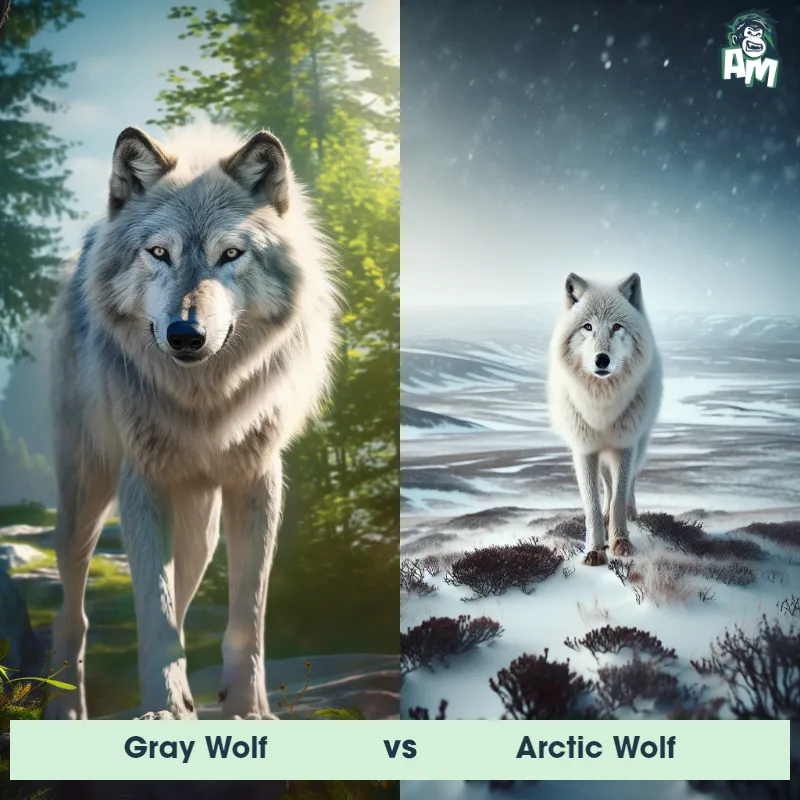Gray Wolf vs Ethiopian WolfSee Who Wins
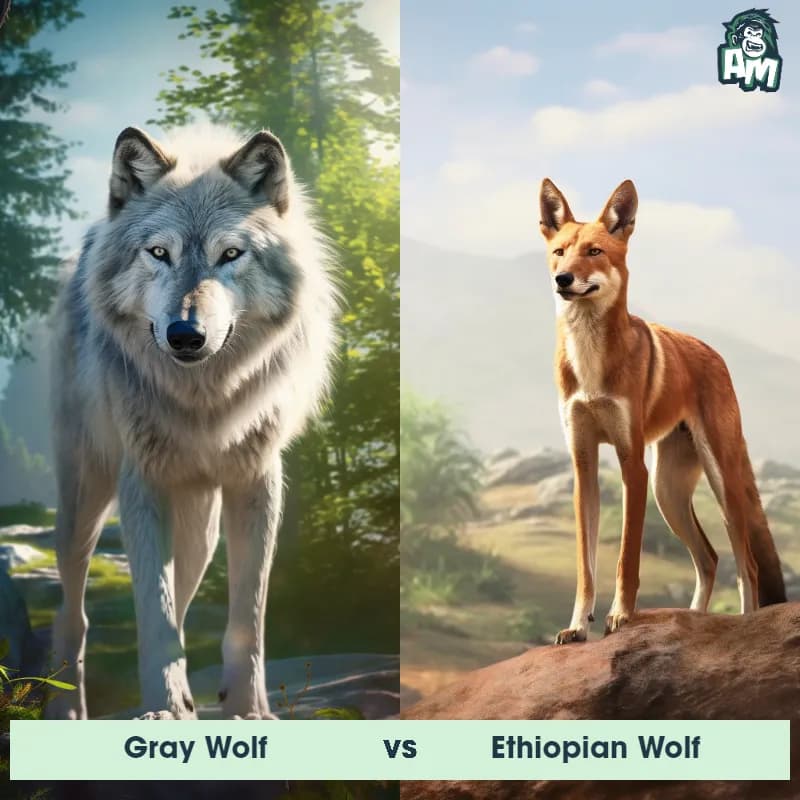
Ladies and gentlemen, welcome to this highly anticipated showdown between a Gray Wolf and an Ethiopian Wolf! We've got a thrilling three-round battle ahead of us, so let's get straight to the action.
Contender 1: Gray Wolf
The Gray Wolf, also known as the timber wolf, is a large canine species found in North America, Eurasia, and parts of Africa. They have a thick, grayish-brown fur coat, a bushy tail, and a strong, muscular build. Gray wolves are highly social animals that live in packs, with a dominant alpha male and female leading the group. They are skilled hunters and can take down prey much larger than themselves, such as elk and bison.
Fun Fact: Gray wolves have a complex communication system that includes howling, growling, and body language, allowing them to communicate with each other over long distances.
Contender 2: Ethiopian Wolf
The Ethiopian Wolf, also known as the Simien Jackal, is a canid species endemic to the Ethiopian Highlands. They are slender and long-legged, with a reddish-brown coat and white markings on their throat, chest, and tail. They are social animals that live in packs of up to 20 individuals, and they primarily hunt rodents and other small mammals.
Fun Fact: Ethiopian Wolves are the rarest canid species in the world, with only around 500 individuals remaining in the wild.
Matchup Stats
| Gray Wolf | Ethiopian Wolf | |
|---|---|---|
| Size | 2-3 feet (0.6-0.9 meters) at the shoulder | 20-24 inches (50-60 cm) at the shoulder |
| Weight | 70-110 pounds (32-50 kilograms) | 24-40 pounds (11-18 kg) |
| Speed | Speed: 40 mph (64.37 km/hr) | Speed: 37 mph (60 km/hr) |
| Key Strength | Powerful jaws and sharp teeth | Speed and agility |
| Biggest Weakness | Vulnerable to attacks on the neck and throat | Lack of physical strength |
Current Votes
Gray Wolf vs Ethiopian Wolf
See Who Wins
View More Matches
Looking For More?
Similar Matches
Scientific Stats
| Gray Wolf | Ethiopian Wolf | |
|---|---|---|
| Scientific Name | Canis lupus | Canis simensis |
| Family | Canidae | Canidae |
| Habitat | Forests, grasslands, tundra, and deserts | Alpine grasslands and heathlands |
| Geography | North America, Eurasia, and parts of Africa | Ethiopian Highlands |
| Diet | Carnivorous, primarily feeding on large ungulates such as elk and bison | Primarily rodents and small mammals |
| Lifespan | 6 years - 13 years | 6 years - 8 years |
Key Differences between Gray Wolf and Ethiopian Wolf
- Diet: Gray Wolves are opportunistic hunters and scavengers, feeding on a variety of prey including deer, elk, and small mammals, while Ethiopian Wolves primarily feed on rodents and other small mammals.
- Social behavior: Gray Wolves are highly social animals that live in packs, while Ethiopian Wolves are more solitary and live in small family groups.
- Conservation status: Gray Wolves are listed as a species of "least concern" by the IUCN, while Ethiopian Wolves are listed as endangered due to habitat loss and disease.
- Habitat: Gray Wolves are found in a variety of habitats including forests, grasslands, and tundra, while Ethiopian Wolves are only found in the highlands of Ethiopia.
- Size: Gray Wolves are larger than Ethiopian Wolves, with an average weight of 80-100 pounds compared to the Ethiopian Wolf's average weight of 24-40 pounds.
- Coloration: Gray Wolves have a range of colors including gray, black, and brown, while Ethiopian Wolves have a reddish-brown coat with white markings on their throat and chest.



